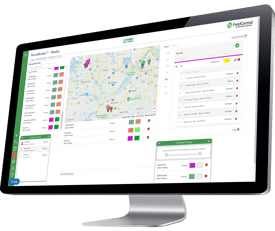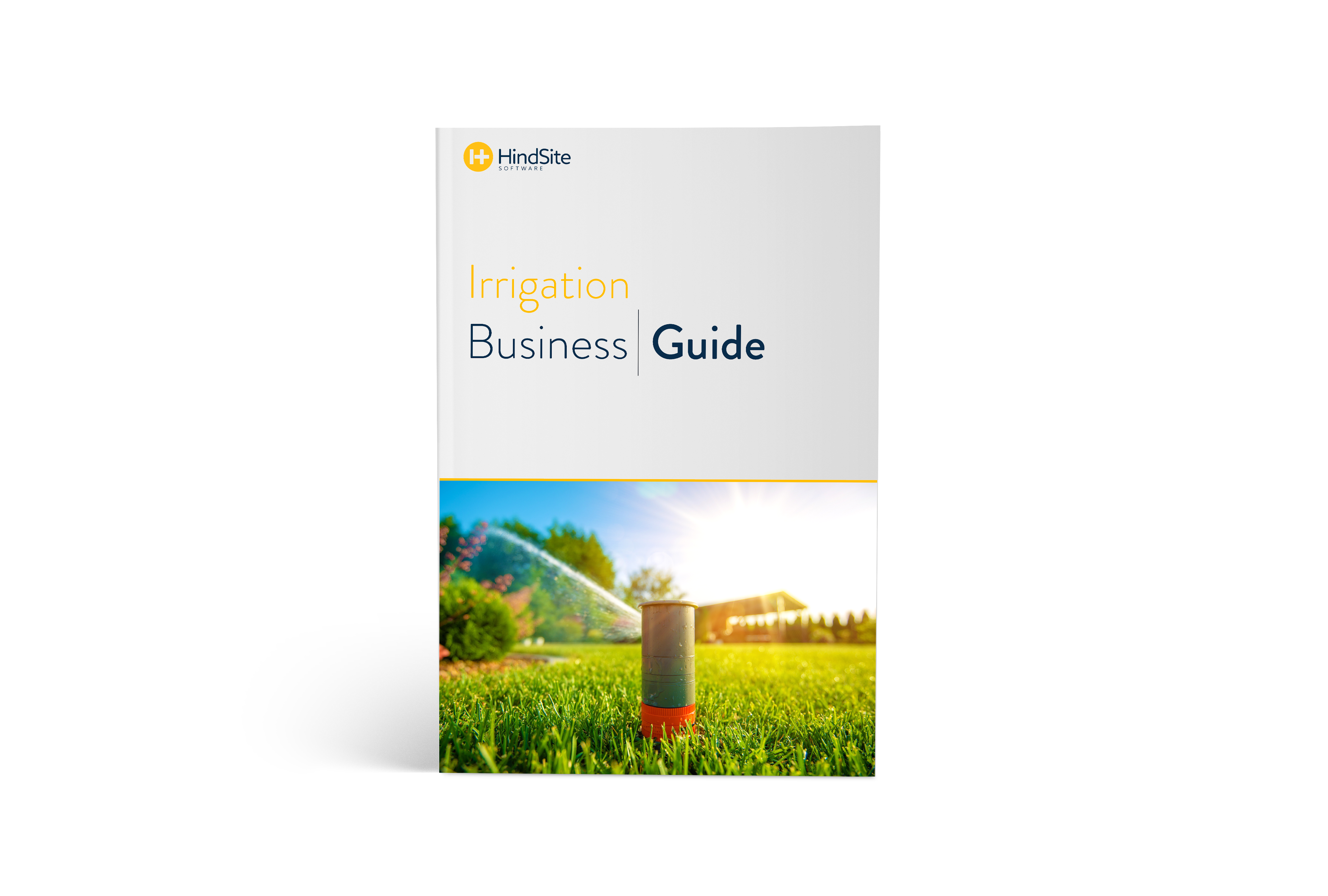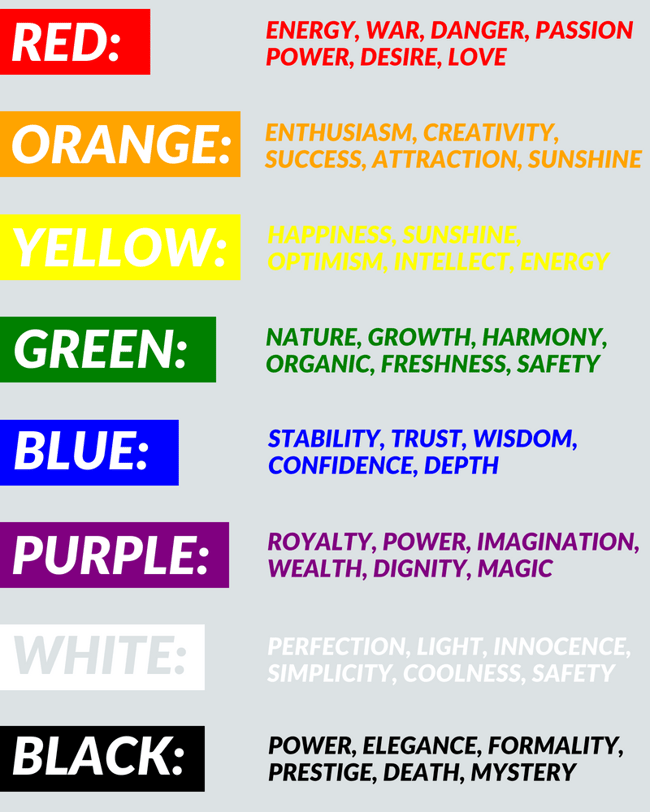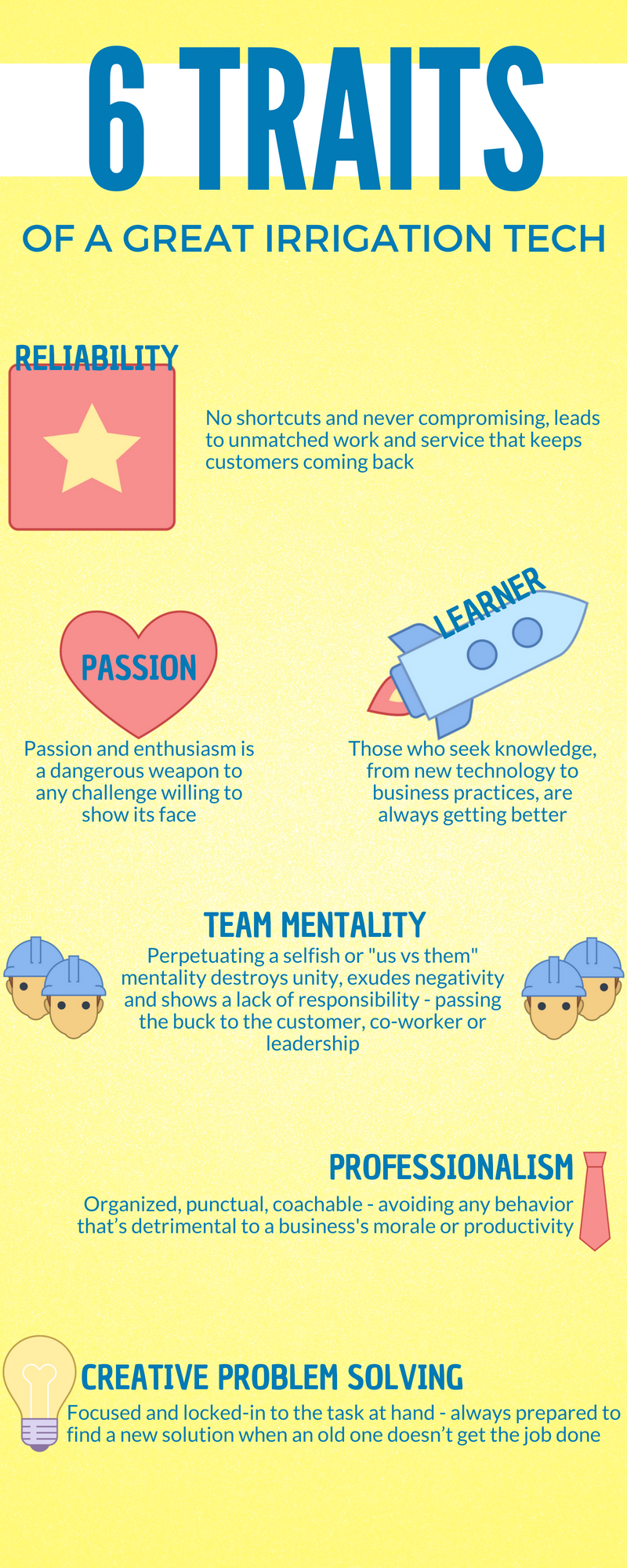
See how HindSite simplifies the entire process so you can save time, deliver a better customer experience and regain control of your business.
With features built to thrive in the chaos of startups, winterization & daily service calls, you’ll turn days with too much work into just another Tuesday.
Eliminate unnecessary headaches & tasks, specific to your lawn care operation & get back to growing your business.
Learn how HindSite Solution eliminates paperwork & streamlines operations so your field service business can get more done in less time.
Spanning a wide range of topics - our guides, tools, eBooks, & industry reports are here to help you and your business.
Check out our latest blog posts for tips & best practices in running your business.
Log in to the customer portal to have our free, in-house support team help you with your software needs.
![]()
Family owned & founded by a green industry business owner, our story is more similar to our clients’ than the typical software company.
Reach out to our team with any questions you may have.
Fill out the form, get the PDF

A lot of people want to start an irrigation business, but very few understand the groundwork that’s actually needed to get fully operational. Of course, you don’t need to write out a business plan but doing so can help guide your business and uncover any inefficiencies or lapses in judgement before it’s too late.
Providing a snapshot of your business plan, your executive summary should highlight the strengths of your overall plan. And although it’s the first section people read, it should be last section you write since then you’ll have fully developed the plan and be able to properly and concisely sum it up.
You’ll also want to concentrate on your relevant experience and background in the industry. Some use this opportunity to layout the journey that led them to start a business.
Lastly, show you’ve done your homework by detailing your knowledge of the market you’ll occupy and how your business fills a particular need. In the end you’re trying to convince the reader you’ll succeed.
Company Description
This section acts as an extended version of your elevator pitch, like if you got stuck on the 5th floor. It provides a high-level outline of the various elements of your business, including:
This is where you demonstrate - in detail - your industry expertise through the market research you’ve performed. The following are elements to include in your market analysis.
From its organizational structure to its ownership, this section constructs the framework of your business. And essentially explains who does what, defining roles and responsibilities.
Organizational Structure: Simply, yet effectively lay out a diagram of your business's structure, inserting descriptions where needed. Readers should be able to visually understand who’s responsible for each function and the subsequent roles that fall under them. It should also reveal any organizational or operational redundancies.
Ownership Information: Explain the type of legal structure your business has (or will have). What type of corporation is it? Or is it a partnership? Or are you a sole proprietor? These are the questions you should be answering here.
Here is where you explain your service. For an irrigation company this would be the service of maintaining a property. But breakdown each service you offer, if you offer fertilization, detail how you’ll be able to provide the service. You’ll also want to demonstrate the benefits to potential customers and how it’ll fill a need for your target customers.
A business needs customers and this is where you show how you’ll go about doing just that.
Marketing Strategy: Here are the four parts that should make up your strategy.
Sales Strategy: Your strategy should include two main elements
Sales Force Strategy: The number of salespeople you’ll need, how they will be trained and compensated.
Sales Activity: This is how you prioritize leads and identify the points of contact needed to win the business.
And once your business is set up, there are a few important things to do when it comes to sales and marketing. Check out: Sales and Marketing Tips for Your Irrigation Business.
These projections provide the insights needed to allocate resources efficiently. If you’re a brand new business you can’t provide any historical financial information, instead you’ll want to supply the reader with prospective financial data. Creditors will use this information to see what your company expects to do the next five years or so.
For each year, you should include forecasted income statements, cash flow statements, balance sheets, and capital expenditure budgets. Your first year projections should also include monthly or quarterly forecasts. Lastly, it’s smart to include a concise analysis of all this information, including graphs of your trend analysis, if they’re positive.
At first, writing up a business plan might feel like a waste of time but if you want your irrigation business to be taken seriously it’s something you’ll want to do. By going through each step, thinking about how your business will function and writing it out, you better understand the web of your business and how all the moving parts operate in unison.
One of the hardest things you might ever have to do for your irrigation business is actually coming up with a great name. You would think coming up with an irrigation business name would be easy, until you start trying to come up with an original, catchy name. It can be maddening and you can spend hours, days, weeks even, throwing ideas around. You want something that will be catchy and you want a name that will stick in people’s minds, something lasting. Heck, there are agencies around whose sole purpose is to name other businesses.
Some folks might get lucky and they come across a name right off the bat. Other business owners will drive themselves crazy trying to come up with a name, throwing anything at the wall and hoping that it sticks. And we can’t all be as lucky as this company, I wish I had thought of that! Here are 5 steps to coming up with a memorable name for your irrigation business.
No name is off limits in this stage. Throw out as many ideas as you can. Write them down, work on variations. List out a few that are more conservative, like using the business owner’s last name or the city that you operate in. And list more obscure names, too. Chances are, you will wind up coming up with a few ideas that are already taken, that's okay for this exercise.
The goal of this stage is to come up with as many ideas as possible and eventually you will be able to whittle down the list and come up with a few ideas that you like. And if you need some help thinking of name check out our Irrigation Business Name Generator.
Compare your list with names in your competitive market. You don't want anything that could be confused with a competitor or a different company operating in a different industry.
Trademark law can be tricky. There are obvious rules that you need to abide by when picking a name for your irrigation business, but there is also a lot of gray area. What it really comes down to is whether or not the state that you’re operating in will allow you to use the name that you pick. As always, you’re better safe than sorry, so hire a lawyer to make sure your name is in the clear.
There is a saying that “out of limitations comes creativity”. When I worked as a copywriter at an ad agency one of the things I had to do was concept campaign ideas that were creative, engaging and informative all at the same time. One of the reasons it was my favorite part of the job was how the approaching deadline caused a rush that was half terrifying, half exciting. But in the end, it always seemed to bring out the best ideas.
So setting a time limit helps avoid going in circles and beating yourself up to think of the perfect name. If you don’t set a time limit for yourself to come up with a name, you’re going to just keep coming up more that you feel are better. It is a vicious cycle that seems to never end.
Once you feel that you have one or two that you like, test them out. Not just with your close friends and family, but with other people in your network. If a name needs explaining or you need to apologize for it, it is going to weaken your overall brand.
People often pick names that they know have potential, but they weren’t initially “in love” with. I heard a great analogy about letting a name grow on you.
Love at first sight only exists in the movies. You don’t get married to someone because you were so infatuated with that person right away that you NEEDED to be with that person forever. You likely dated a while, got to know one another and then decided! In other words, it took time. Sometimes you just have to let the name grow on you.
Lastly, put a cherry on top of your name with a snappy slogan, check out the hilarity and clarity of the Best Irrigation Slogans to cross our path.
Logos are everywhere you look. They’re on your shirts, your shoes, your car, your mower, they’re even on this web page you’re reading right now. We see them so often we rarely take the time to think about why that brand made that logo that way. So what makes a good irrigation logo? There’s more to it than you probably think.
If you’re looking for inspiration before you get going check out: The Best Irrigation Logos we’ve ever seen.

Being unique and original is never an easy path - it takes time and a conscious effort to create something that stands out. And that’s exactly what you’re trying to do with a logo, although most small businesses struggle to do so. Instead most, “borrow” a design element they found in some logo online. Occasionally a small business will even mimic a competitor’s logo but we probably don’t need to go into how backwards that is.
But avoiding imitating - or worse - plagiarizing another logo will only get you so far. Instead - as we’ll talk about in the next point - you should try to steer clear of any irrigation or water tropes (unless you put a new spin of them). Your goal should be creating something that makes people think “Huh, I’ve never seen an irrigation logo like that.”
.png?width=600&name=Pillar%20Page_%20Logo%20Section%20Paragraph%20Headers%20(1).png)
There are two types of cliches. The first type are all the design fads and trends that come and go. Right now it’s the minimalistic logo that’s puts most of its style on that ‘x’. Think breweries, wineries or hip brunch eateries). The second type of cliches are all the tropes and imagery that an industry wears out. For irrigation brands that’s water or blue, naturally. I’m not saying any logo that includes some element of water is bad. If you’re going to use it, use it in some original way, so it doesn’t look like every irrigation or green industry logo in your area.
.png?width=600&name=Pillar%20Page_%20Logo%20Section%20Paragraph%20Headers%20(2).png)
The color palette can be the deciding factor whether a logo works or not. And that doesn’t just mean blue or green. Choosing the hue is one thing but finding the right intensity and value (shade and tint) can be challenging. As you choose your color always remember that each one offers a certain set of characteristics and ideas to the viewer. Below is a brief summary and breakdown of colors and their attached meaning.

.png?width=600&name=Pillar%20Page_%20Logo%20Section%20Paragraph%20Headers%20(4).png)
This is one of the most important things to keep in mind for small business owners. Most people who aren’t familiar with logos will have a million ideas. Initially this is great - the more ideas the better - but this list of ideas should be whittled down throughout the process and not smushed into one logo.
Always remember that when it comes to logos - simple is powerful. From Apple to Nike the most influential brand (and logos) we see on a daily basis are usually the most simple, as well.
.png?width=600&name=Pillar%20Page_%20Logo%20Section%20Paragraph%20Headers%20(3).png)
Think about where the logo will be used. For a new business it can be hard to realize all the possible ways your logo will be used. From business cards to billboards to digital ads to truck graphics - you should take the time to think about all the locations your logo will find itself.
There should be a harmony between simplicity and originality. You want your logo to grab people’s attention but not so long that by the time they comprehend it the billboard’s flying past their driving side window.
.png?width=600&name=Pillar%20Page_%20Logo%20Section%20Paragraph%20Headers%20(5).png)
The worst part about having a great logo is that it won’t last forever. At some point even the best logo must be updated and refreshed. If you do have an effective logo - that’s somewhat timeless - change doesn’t have to be heavy-handed. It usually only takes a tweak here and there to bring a solid logo up-to-date and timely.
.png?width=600&name=Pillar%20Page_%20Logo%20Section%20Paragraph%20Headers%20(6).png)
There is a ton of stuff online, from tools and resources to inspiration and ready-to-go logo designs. If your budget is tight there are places like 99design’s Logo Store where you can buy original, curated, ready-to-go logos. If you’re willing to spend a some more money there are sites - like 99designs - that offer a crowdsourcing service where designers submit personalized logos. And if you can fork over some serious cheese, you can always freelance it out to a designer and work with them to create just what you want. For the creative-DIY types there are sites like Logomaker and LogoYes where you can design it on your own.
You have your business plan, you’ve thought of a name and even have a great logo - so what’s next? It’s time to find reliable and hardworking employees. And currently, it is one of the biggest issues many irrigation business owners struggle with.
I have heard it time and time again from our current customers. They hire a great fit for the company, the guy shows up for the first couple days or weeks, and then he disappears. This is a stress on the company for a number of reasons. First, it was a waste of your time and money to invest anything in this employee. Secondly, your company feels the strain of picking up the extra slack that was originally supposed to be covered.
So how do you find employees? Here are a few options:
One of the best ways to get reliable employees is through referrals. For one, it is easier than putting an ad out there. You simply ask your guys to let any of their friends looking for work know you are hiring. Secondly, your employees rarely like looking bad. They will not recommend someone who would make them look like a fool for suggesting them for a job. A friend’s reference is much more likely to stay with the company and be loyal then someone you grab off the street.
Some companies even incentivize their employees to recommend their friends. I’ve heard of irrigation businesses that pay their employees as much as $200 if their referral becomes a productive new employee.
Another option is to reach out via your social media pages. My suggestion would be to stick with sites like LinkedIn, as this is where more professional options can be found. You can post your listing in certain groups that relate to your industry, city, etc. And don’t forget to ask your employees to do the same – the more people that share your message, the more likely you are to find a great new hire.
Need help figuring out how to find labor in the digital age? Check out: How to Use Popular Online Job Boards to Find Irrigation Employees.
If you are looking to take on a special service, and don't need another guy in the field, try reevaluating your own team. You may have someone in your company that is suited to take on the new service.
While the employee may need some additional training, certification, and time to learn the service, this could be a better fit than bringing in a new person. With a new person, you never know what you will get, whereas with your employees, you already know what you will get.
The important thing to remember when looking for a new employee is not to rush it. At times, this can be hard. Especially if you have an influx of appointments or have an employee leave the company unexpectedly. Rushing in and grabbing the first guy you interview, however, will usually not work out for the best. You don’t have the time to commit to finding a good fit for your company and could end up wasting more resources on a bad employee than on being without one.

It’s competitive out there so knowing the exact price to charge isn’t an advantage, but merely a must. It’s a starting point, not a differentiating point.What we’re covering here are just the basics, for mostly new businesses or businesses offering a new service. If you’re looking for more advanced tips check out: Flat-Rate vs. Time and Material Pricing for Your Irrigation Business
Also, we’re not going to tell you an exact price to charge. Different markets affect pricing in different ways. We want to be a guide, helping you determine the price best for your business. And like most things in business, perfecting your price takes some time, a bit of calculating, and a lot of patience.
Which makes me think of The Office episode where Michael starts his own paper company and low-balls the whole competition before finding he can’t run a business that charges such a low price. So, he ends up calling people who he already promised a low price, asking them to pay more. In the end, Dunder-Mifflin buys him out and everything is back to normal. Classic Michael.

Whether your price is based on time (mins/hrs per property), size (property’s square-feet) or a combination of both - there are two main costs (on your end) to consider when determining a price.
Direct Cost: These are the costs that go directly towards completing the job at hand.
Examples: Labor, materials, equipment
Overhead cost: These costs are necessary for your business to operate. They indirectly allow you to perform and complete each job (i.e. project) you have.
Examples: Phone bill, Internet bill, rent, mortgage, taxes, regulatory fees
Having a revenue goal is the first step towards making a profit. Taking into consideration the number of team members you have and the available equipment to perform jobs simultaneously, you can figure out the number of clients you can take on. And knowing this, allows you to calculate what you need to charge to meet your revenue goal. Below is a basic Revenue Goal formula:
Number of clients + Pricing = Revenue Goal
The main thing you’ll want to figure out while researching competition pricing, is what you can’t charge. Meaning what price would be overcharging. Remember, for the most part, the market sets the price, not you.
HomeAdvisor and Homewyse both have a tool to help understand your local market. They basically offer the same functions, like price averages based on zip-code and square-footage.
As you try to understand the climate of your market you’ll likely come to realize certain customer values and expectations. This is where your pricing comes from. Don’t think about how you value your service. It’s not about what you would pay it’s about what your customer would pay. It’s important to understand that you’re not the customer, you wouldn’t pay someone to fix your irrigation system. So, whatever you would pay for irrigation services or installations is most likely lower than what your customer would pay.
Knowing what to charge is merely the beginning - your quality of work, customer service and the overall efficiency of your business is what ultimately sets you apart from the competition.
[This is an condensed version of our How to Write an Irrigation Service Contract blog post.]
QUICK DISCLAIMER: I’m not a lawyer, below reflects basic advice on irrigation service contracts. If you have further questions or concerns it’s always best to reach out to a real attorney that’s passed the BAR.

This is where you include all the services - from start-ups to in-season check-ups to blow-outs - you’ll be providing the customer. It’s super important to be clear during this portion of your irrigation service contract.
As mentioned in the last section, picking your price involves a few factors. And once you determine this number (and method) it’s important to clearly define how much the customer is being charged and why the cost is what it is.This may include listing your hourly rates of technicians or simply stating how much a start-up (or winterization) is going to cost.
Somewhere in your contract you’ll want to include invoice-related details. You should clearly state how they can pay (e.g. check, cash, credit card, direct debit), what their pay period is (e.g. 30 days of the date of invoice) and what happens if they fail to make a payment (e.g.services will cease until payment is made or all balances 15 days or more past due are subject to a certain service charge). Vice-versa, it’s a good idea - especially if you offer auto-billing and auto-payments - to state how you’ll return any payments made on mistaken charges.
Like any legally-binding documents, it’s vital to clarify any ambiguities in your irrigation service contract. This varies, but can be anything from special provisions to modifications or amendments to who’s responsible for certain damages to causes of termination to insurance coverage.
Looking for more resources? Check out the Irrigation Service Contract Template we put together.
[DISCLAIMER: The following details the benefits of using software, like our's, for your irrigation contracts. You don't need to have software to run a business but we think it makes life easier and your business more money. Don't believe us? Here's what our customers have to say.]
We all appreciate little life hacks that make our lives easier. Things like drive-thrus so we don’t have to get out of the car, online banking so we can transfer money with the tap of a few buttons, and maps on our smartphone to eliminate the dreaded folding of the road maps.
The point is, having things more “automatic” makes running our lives a lot easier. This is also true in a business sense. When things are electronic and data is sent in “real time”, our jobs become a lot simpler and more stress-free.
Contracts are a little “hack” in themselves in that the customer does not need to call in every time they need a service performed. You simply present them with a contract on when and what you will provide them with, they sign, and you do the work. And if you have irrigation business software, this entire process can be one of the simplest within your business. Here’s how:
Once the customer signs the dotted line, you want to get them on the schedule quick so you don’t let the information slip through the cracks. Scheduling software is perfect for this because it helps you schedule an entire contract at once. You simply state the services that need to be done, select how far apart they need to be performed, and hit schedule.
The great thing about contracts, is that most are pretty flexible. If an appointment needs to be change, you can simply reschedule it for a different day or week and any remaining appointments for that contract will be pushed forward as well. This eliminates any services being “lost” or not getting rescheduled due to a conflict or a sick employee.
Another awesome feature to help you manage the contracts, is routing. Routing can be done to have the most efficient path for your trucks to follow. You can have them start from the farthest point and work their way back to eliminate driving all over town and wasting gas.
Again the flexibility of contracts comes into play when routing for a day or a week. You can check to see if any jobs are in the same area as a contracted customer and simply add the service to the techs day. If they are in the area and the contracted work can be done at any time, why not add it in when your tech is already in their area so that a second special trip does not need to be made?
Do you have a lot of information being brought to you each and every day? Is it hard to keep track of every detail that goes along with each customer? Contact information and history may just be your sanity keeper.
With the customer’s complete history, you and your techs can see what was last done at the customer’s property. This way you know if they are in need of mowing, blowing, trimming, etc. It helps to eliminate anyone doing the same work twice and gives you one more place to check to ensure the customer’s contract is being fulfilled.
With the contract management feature many irrigation software solutions have today, you can see how many more jobs are needed for the customer and if you are going to complete your end of the deal on the contract.
It is always nice to have a place to check in and see where your business stands. Having contract management allows you to eliminate any paper shuffling or technician calling and simply pull up the contract in your software and look. You can see how many and which services are still needed and also use it as a selling point. You will be able to offer additional services the customer is not taking advantage of by seeing what they typically purchase from you.
Life hacks are the simple things that make our lives a little easier. Make your business life a little easier by managing your contracts with your irrigation software. You already have the software installed, and so using it to its full potential is one more way you can help your business grow, without causing your stress to grow with it.
You already have the passion and knowledge to start an irrigation business. Ensuring that it is successful takes more than having a drive to succeed and a willingness to do the hard work to get you there, though. The following ideas can help you sustain the profitability of your irrigation business long into the future.
For the most part, business owners start a new venture because they want to earn a living doing something that they are passionate about and love. What many do not realize is that you also have to be a savvy business person in order to be successful. While hiring an accountant to handle your quarterly taxes and weekly payroll is a good idea, you also need solutions that help you with your day-to-day business needs.
Your customers are going to have your competitors vying for their business. While you cannot do much about weeding out your competitors, you can help your business stand out among other companies that offer the same services. One example: Communication is the key to customer service. Why not leverage the power of email to deliver great communication and save time? Our customers who have implemented our service business marketing solution, HindSite Connect, are able to send appointment confirmation, appointment reminder, and appointment completion emails that inform their customers when they're coming and what was done. It's a great way to differentiate yourself from the competition.
It can be tempting to focus a great deal of your energy on marketing your business in order to obtain new customers. After all, you never know when you might lose one due to a move or some other reason. While you should not forgo marketing by any means, you also need to cultivate the current clients that you already have. Working closely with them to ensure that they are happy makes it more likely that they will be a repeat customer. Additionally, if you maintain a positive relationship with them, they might refer others to you as well.
Whether it is being an exclusive dealer for a particular brand of equipment or tapping into retrofitting, you need to find a niche where you can expand your client reach and shine with your talent and skills. By choosing a niche to tap into, such as retrofits, you can likely go back to your early customers and offer to upgrade their existing irrigation systems in order to install the latest updated components.
While this can seem to be the opposite of catering to your existing customer base, it is primarily designed to work in tandem with it. You want to make sure that your business name is out there and available in the event that someone needs irrigation services. Having marketing materials, such as business cards and a website, provides your existing customers with a method of contact if they want to refer someone to you.